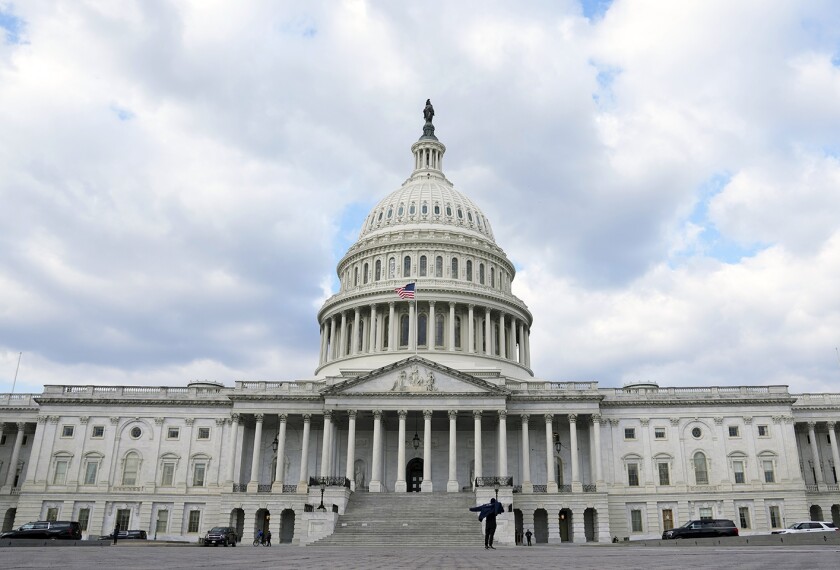To help states share the powerful online educational tools that some are developing, 14 states have joined together to form the U.S. Open e-Learning Consortium.
Participants expressed hope that their collaboration will extend to many aspects of online education, including assessment, technical standards, software features, administrative functions, and methods of cataloging information.
“Any time you can get multiple states together and parlay their expertise and experience to create new opportunities educationally, that’s advantageous,” said Philip E. Geiger, the executive director of the Arizona School Facilities Board, which oversees a statewide online education project.
In addition to Arizona, the states in the consortium are Colorado, Connecticut, Hawaii, Indiana, Iowa, Massachusetts, Maine, Michigan, Minnesota, New York, Oklahoma, Oregon, and South Carolina.
Good Things to Share
The group’s first project will be creating a model of an online system that lets states share with students and teachers test questions that are linked to state standards. States would approve what test questions could be released, said Greg Nadeau, the director of the consortium, which is run by the Northwest Educational Technology Consortium in Portland, Ore.
With such a system, Mr. Nadeau said, test questions written in Massachusetts for high school mathematics, for instance, could be used by students and teachers in Hawaii as practice questions—and vice versa.
Luring state officials to the project is the potential for quickly adopting online delivery systems crafted by at least a half-dozen states, Mr. Nadeau said.
Massachusetts, for instance, has a statewide system of online resources for districts, schools, teachers, and students, called the Virtual Education Space, which Mr. Nadeau helped design in his previous job as chief technology officer for the Massachusetts Department of Education. VES includes collections of learning resources and specialized “workspaces” on the Web that allow users to keep calendars, present information, and communicate with one another.
In October, VES added a Web site that provides a round-the-clock tutorial for 11th graders preparing for the December retake of the state’s math and English assessment.
In Arizona, state education officials have created a “Students First” online service. The state has contracted with technology companies to deliver a free collection of 252 educational and business software titles to every student and teacher in the state who has a home or school computer, Mr. Geiger said.
School districts may buy online access to an additional 7,000 software applications at a state-negotiated price, he added. The system, expected to reach every Arizona school by next spring, allows users to store data online for up to 13 years.
Digital Confusion
Because of inconsistencies between those and other state systems, though, “none of these projects are easily transferable to other states,” Mr. Nadeau said.
One of the biggest problems is inconsistency in terminology.
“A digital support system” in one state is a “lesson plan exchange” in another, Mr. Nadeau said, joking that it’s similar to how “a hoagie in New Jersey is a steak-and-cheese in Philly and a submarine in Boston.”
In other cases, states need to adopt the same technical standards for certain elements of their networks, such as the way they transfer records from one system to another.
Some participants cautioned that a consortium like this one, without secure funding and engaged in an exploratory project, may not last for long if it does not win new support.
But they said the basic idea is sound.
Arthur D. Sheekey, the coordinator for learning technologies at the Washington-based Council of Chief State School Officers, which is participating in the project, said the consortium was “a new and risky venture that may fail.”
But ultimately, he said, it appears to provide a map for other states to follow.
“Once the states have their [online] infrastructure in place, they’re going to need to develop these kind of collaborative relationships,” he said.




